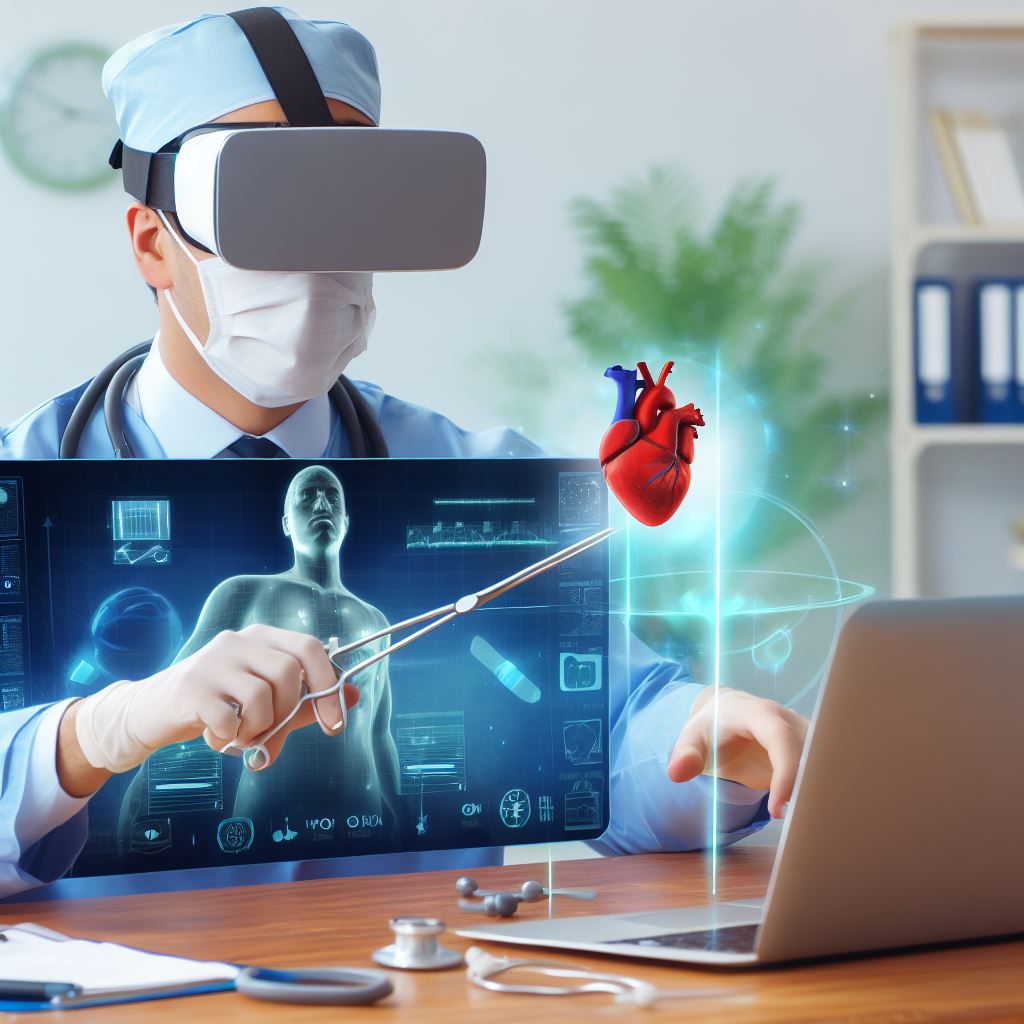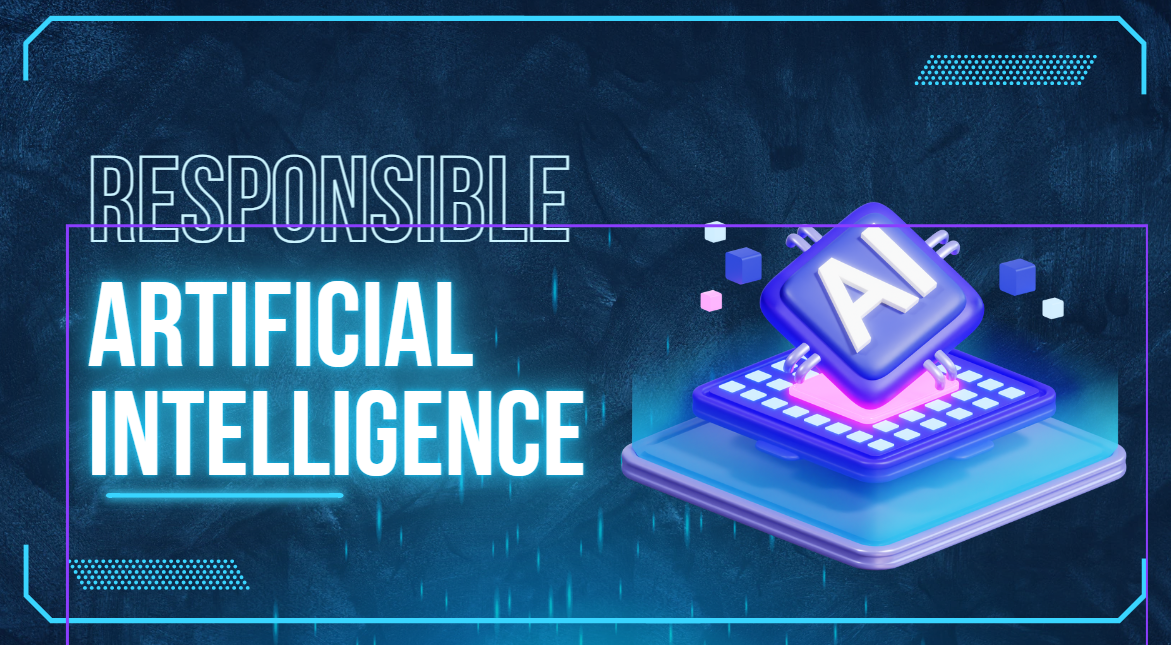The recent Open Innovator Virtual Session brought together healthcare technology leaders to address a critical question: How can artificial intelligence enhance patient care without compromising the human elements essential to healthcare? Moderated by Suzette Ferreira, the panel featured Michael Dabis, Dr. Chandana Samaranayake, Dr. Ang Yee, and Charles Barton, who collectively emphasized that AI in healthcare is not a plug-and-play solution but a carefully orchestrated process requiring trust, transparency, and unwavering commitment to patient safety.
The Core Message: AI as Support, Not Replacement
The speakers unanimously agreed that AI’s greatest value lies in augmenting human expertise rather than replacing it. In healthcare, where every decision carries profound consequences for human lives, technology must earn trust from both clinicians and patients. Unlike consumer applications where failures cause inconvenience, clinical AI mistakes can result in misdiagnosis, inappropriate treatment, or preventable harm.
Current Reality Check:
- 63% of healthcare professionals are optimistic about AI
- 48% of patients do NOT share this optimism – revealing a significant trust gap
- The fundamental challenge remains unchanged: clinicians are overwhelmed with data and need it transformed into meaningful, actionable intelligence
The TACK Framework: Building Trust in AI Systems
Dr. Chandana Samaranayake introduced the TACK framework as essential for gaining clinician trust:
- Transparency: Clinicians must understand what data AI uses and how it reaches conclusions. Black-box algorithms are fundamentally incompatible with clinical practice where providers bear legal and ethical responsibility.
- Accountability: Clear lines of responsibility must be established for AI-assisted decisions, with frameworks for evaluating outcomes and addressing errors.
- Confidence: AI systems must demonstrate consistent reliability through rigorous validation across diverse patient populations and clinical scenarios.
- Control: Healthcare professionals must retain ultimate authority over clinical decisions, with the ability to override AI recommendations at any time.
Why AI Systems Fail: Real-World Lessons
The Workflow Integration Problem
Michael Dabis highlighted that the biggest misconception is treating AI as a simple product rather than a complex integration process. Several real-world failures illustrate this:
- Sepsis prediction systems: Technically brilliant systems that nurses loved during trials but deactivated on night shifts because they required manual data entry, creating more work than they eliminated
- Alert fatigue: Systems generating too many notifications that overwhelm clinicians and obscure genuinely important insights
- Radiology AI errors: Speech recognition confusing “ilium” (pelvis bone) with “ileum” (small intestine), leading AI to generate convincing but dangerously wrong reports about intestinal metastasis instead of pelvic metastasis
The Consulting Disaster
Dr. Chandana shared a cautionary tale: A major consulting firm had to refund the Australian government after their AI-generated healthcare report cited publications that didn’t exist. In healthcare, such mistakes don’t just waste money—they can cost lives.
Four Critical Implementation Requirements
1. Workflow Integration
AI must fit INTO clinical workflows, not on top of them. This requires:
- Co-designing with clinicians from day one
- Observing how healthcare professionals actually work
- Ensuring systems add value without creating additional burdens
2. Data Governance
Clean, traceable, validated data is non-negotiable:
- Source transparency so clinicians know data age and origin
- Interoperability for holistic patient views
- Adherence to the principle: garbage in, garbage out
3. Continuous Feedback Loops
- AI must learn from clinical overrides and corrections
- Ongoing validation required (supported by FDA’s PCCP guidance)
- Mechanisms for users to report issues and suggest improvements
4. Cross-Functional Alignment
- Team agreement on requirements, risk management, and validation criteria
- Intensive training during deployment, not just online courses
- Change management principles applied throughout
Patient Safety and Ethical Considerations
Dr. Gary Ang emphasized accountability as going beyond responsibility—it means owning both the solution and the problem. Key concerns include:
Skill Degradation Risk: Over-reliance on AI may erode clinical abilities. Doctors using AI for endoscopy might lose the capacity to detect issues independently when systems fail.
Avoiding Echo Chambers: AI systems must help patients make informed decisions without manipulating behavior or validating delusions, unlike social media algorithms.
Patient-Centered Approach: The patient must always remain at the center, with AI protecting safety rather than prioritizing operational efficiency.
Future Directions: Holistic and Preventive Care
Charles Barton outlined a vision for AI that extends beyond reactive treatment:
The Current Problem: Healthcare data is siloed—no single clinician has end-to-end patient health information spanning sleep, nutrition, physical activity, mental health, and diagnostics.
The Opportunity: 25% of health problems, particularly musculoskeletal and cardiovascular issues affecting 25% of the world’s population, can be prevented through healthy lifestyle interventions supported by AI.
Future Applications:
- Patient education about procedures, medications, and screening decisions
- Daily health monitoring instead of reactive treatment
- Predictive and prescriptive recommendations validated through continuous monitoring
- Early identification of disease risk years before symptoms appear
Scaling Challenges and Geographic Considerations
Unlike traditional medical devices with predictable inputs and outputs, AI systems are undeterministic and require different scaling approaches:
- Start with limited, low-risk use cases
- Expand gradually with continuous validation
- Recognize that demographics and healthcare issues vary by region—global launches aren’t feasible
- Prepare organizations for managing AI’s operational complexity
Key Takeaways
For Healthcare Organizations:
- Treat AI as a process requiring ongoing commitment, not a one-time product purchase
- Invest in hands-on training and workforce preparation
- Build data foundations with interoperability in mind
- Establish clear governance frameworks for accountability and patient safety
For Technology Developers:
- Spend time in clinical environments understanding actual workflows
- Design for transparency with explainable AI outputs
- Enable easy override mechanisms for clinicians
- Test across diverse populations to avoid amplifying health inequities
For Clinicians:
- Engage actively in AI development and implementation
- Maintain clinical reasoning skills alongside AI tools
- Approach AI suggestions with appropriate professional skepticism
- Advocate for patient interests above operational efficiency
Conclusion
The Open Innovator Virtual Session made clear that successfully integrating AI into healthcare requires more than technological sophistication. It demands deep respect for clinical workflows, unwavering commitment to patient safety, and genuine collaboration between technologists and healthcare professionals.
The consensus was unequivocal: Fix the foundation first, then build the intelligent layer. Organizations not ready to manage the operational discipline required for AI development and deployment are not ready to deploy AI. The technology is advancing rapidly, but the fundamental principles—earning trust, ensuring safety, and supporting rather than replacing human judgment—remain unchanged.
As healthcare continues its digital transformation, success will depend on preserving what makes healthcare fundamentally human: empathy, intuition, and the sacred responsibility clinicians bear for patient wellbeing. AI that serves these values deserves investment; AI that distracts from them, regardless of sophistication, must be reconsidered.
The future of healthcare will be shaped not by technology alone, but by how wisely we integrate that technology into the profoundly human work of healing and caring for one another.
Reach out to us at open-innovator@quotients.com or drop us a line to delve into the transformative potential of groundbreaking technologies and participate in our events. We’d love to explore the possibilities with you.















